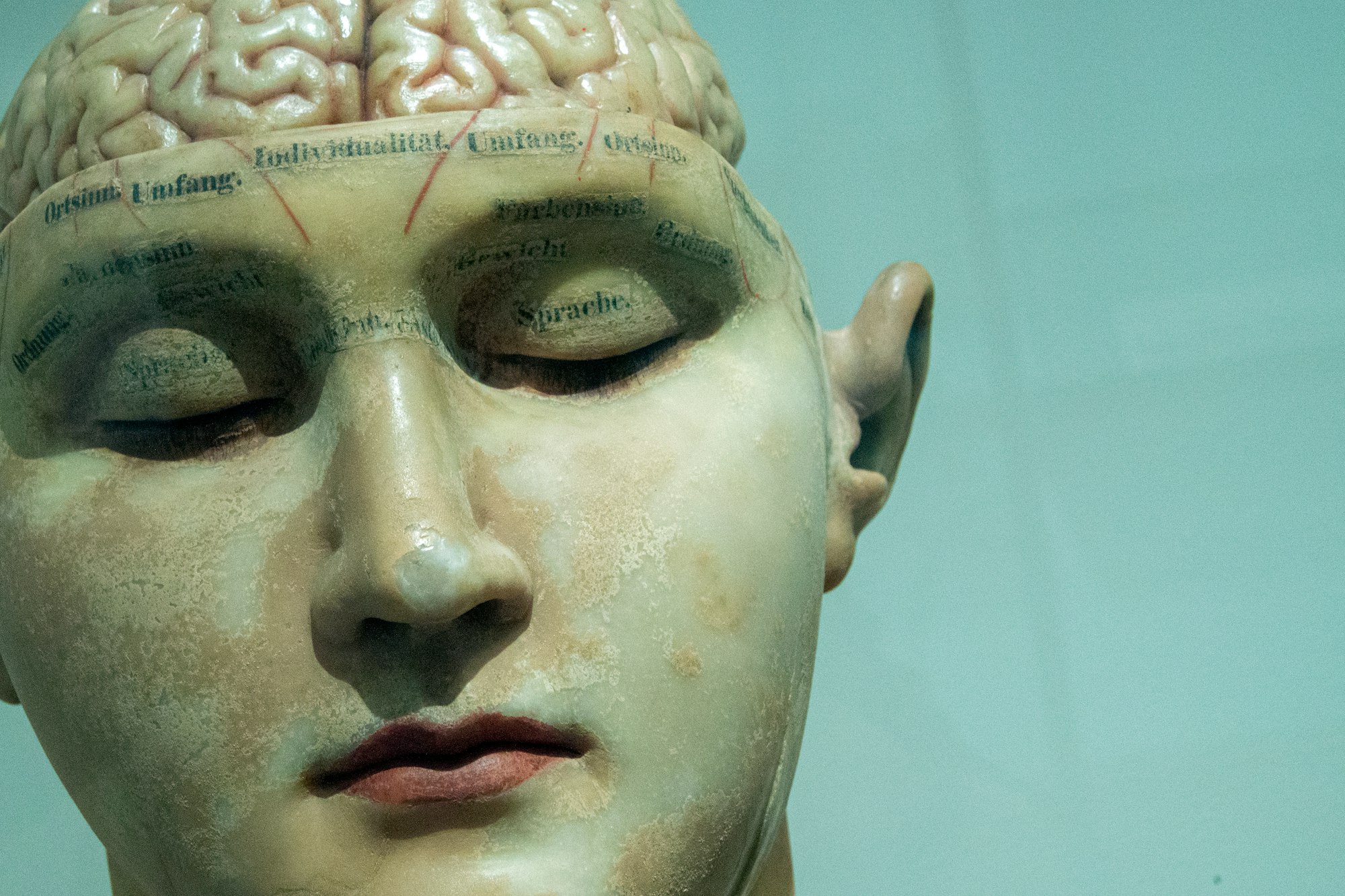Cultivating Mindfulness with ADHD: A Path to Focus, Clarity, and Flow
"But I can't stop my thoughts!" Here's a secret: No one can.

Picture this: You're sitting at your desk, determined to finish that important report. Suddenly, you realize you've spent the last 20 minutes scrolling through your phone, three tabs are open on your computer (none related to your report), and you can't remember why you walked into the kitchen. Sound familiar? Welcome to the world of ADHD.
Hi there, I'm Blake. Former chef, aspiring tech professional, and proud owner of a beautifully chaotic ADHD brain (with a side of suspected autism). At 40, with five years of sobriety under my belt, I'm navigating a career pivot into networking and security while sharing my experiences through blogging. For years, I struggled with traditional mindfulness practices. Concentrate on julienning vegetables for hours? No problem. Sit still and focus on my breath? Yeah, right. But over time, I've discovered that mindfulness isn't one-size-fits-all. There are ways to cultivate presence and awareness that work with our unique neurotype, not against it.
Understanding the ADHD Brain
Before we dive into techniques, let's talk about why mindfulness can be particularly challenging (and beneficial) for those of us with ADHD.
Our brains are wired differently. We often struggle with executive function, which includes skills like attention control, working memory, and self-regulation. Our reward systems are also unique, often requiring more stimulation to engage fully.
But here's the exciting part: mindfulness practices can actually help strengthen these very skills. It's like going to the gym for your brain. And just like physical exercise, it gets easier with practice.
Mindfulness Techniques Tailored for ADHD
- The "Notice Five Things" Practice
This is my go-to technique when I'm feeling overwhelmed or scattered. It's simple: wherever you are, pause and notice five things you can see, four things you can touch, three things you can hear, two things you can smell, and one thing you can taste.
Why it works: This practice engages multiple senses, providing the stimulation our ADHD brains crave while grounding us in the present moment.
- Mindful Movement
Sitting still isn't always an option for us, so why not incorporate movement into our mindfulness practice? This could be a mindful walk, where you focus on the sensation of your feet hitting the ground, or even mindful fidgeting, where you pay attention to the texture and movement of a fidget toy.
Why it works: Movement can help regulate our nervous system and improve focus. By adding an element of mindfulness, we're training our brains to be present even during activity.
- The "Pomodoro Mindfulness" Technique
This is a twist on the popular Pomodoro time management technique. Work for 25 minutes, then take a 5-minute mindfulness break. During the break, you could do a quick body scan, practice deep breathing, or even just mindfully enjoy a snack.
Why it works: This technique plays to our strength of hyperfocus in short bursts, while also building in regular mindfulness practices throughout the day.
- Mindful Listening
Next time you're listening to music, try this: Choose one instrument or vocal line and follow it throughout the song. When your mind wanders (because it will), gently bring your attention back to that sound.
Why it works: This practice trains our attention in a way that's engaging and stimulating. Plus, it can make listening to your favorite songs a whole new experience!
- Loving-Kindness Meditation with Visualization
Traditional loving-kindness meditation can feel abstract for ADHD brains. Try this instead: Visualize yourself sending colorful beams of light to loved ones as you recite the phrases. Make it as vivid and fantastical as you like!
Why it works: Adding a visual component makes the practice more engaging, while the emotional aspect can help regulate our often intense ADHD feelings.
Overcoming Common Challenges
"But I can't stop my thoughts!"
Here's a secret: No one can. Mindfulness isn't about having an empty mind; it's about noticing our thoughts without getting caught up in them. I like to imagine my thoughts as clouds passing by - I see them, but I don't have to chase them.
"I keep forgetting to practice."
Build mindfulness into your existing routines. Practice mindful teeth brushing or mindful coffee drinking. Set reminders on your phone if needed. Remember, a little bit consistently is better than perfect practice occasionally.
"I feel like I'm doing it wrong."
There's no "wrong" way to practice mindfulness. If you're noticing your experience, you're doing it right. Our ADHD brains might take a non-traditional path to mindfulness, but that path is just as valid.
The Unexpected Benefits
Since incorporating these ADHD-friendly mindfulness practices into my life, I've noticed some surprising benefits. Yes, my focus has improved, but I've also developed more self-compassion. I'm better at recognizing and regulating my emotions. And perhaps most importantly, I've learned to work with my brain instead of constantly fighting against it.
Mindfulness won't cure ADHD, and that's not the goal. Instead, think of it as a tool to help you navigate life with more ease and awareness. It's about building a friendly relationship with your wonderfully unique brain.
So, fellow ADHD adventurers, I invite you to explore these techniques. Be patient with yourself, be willing to experiment, and most of all, approach the journey with curiosity and kindness. Your ADHD brain is capable of incredible things - including mindfulness. Let's discover what works for you.
